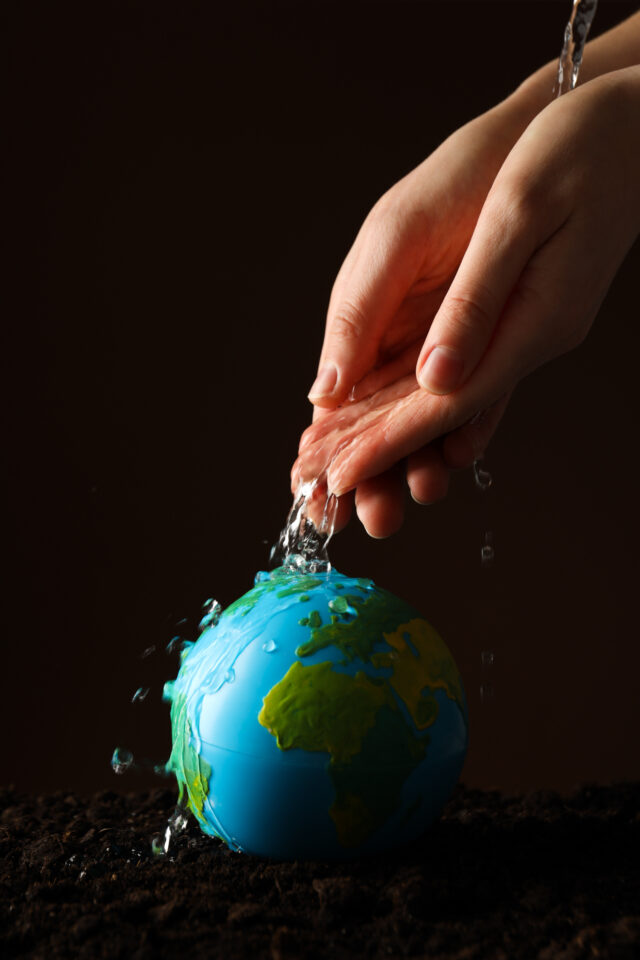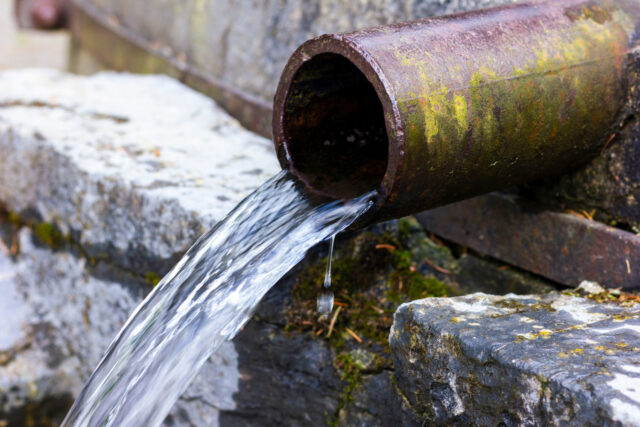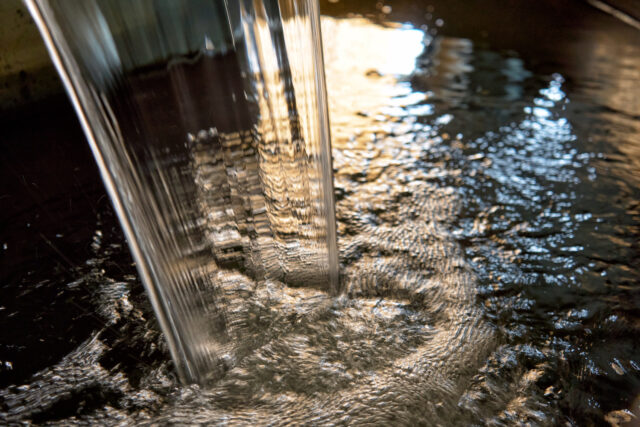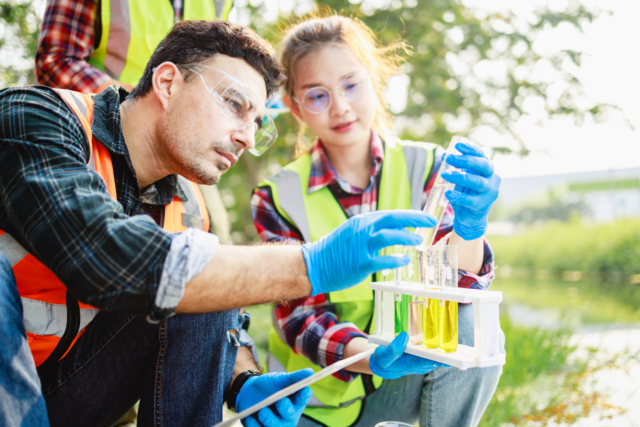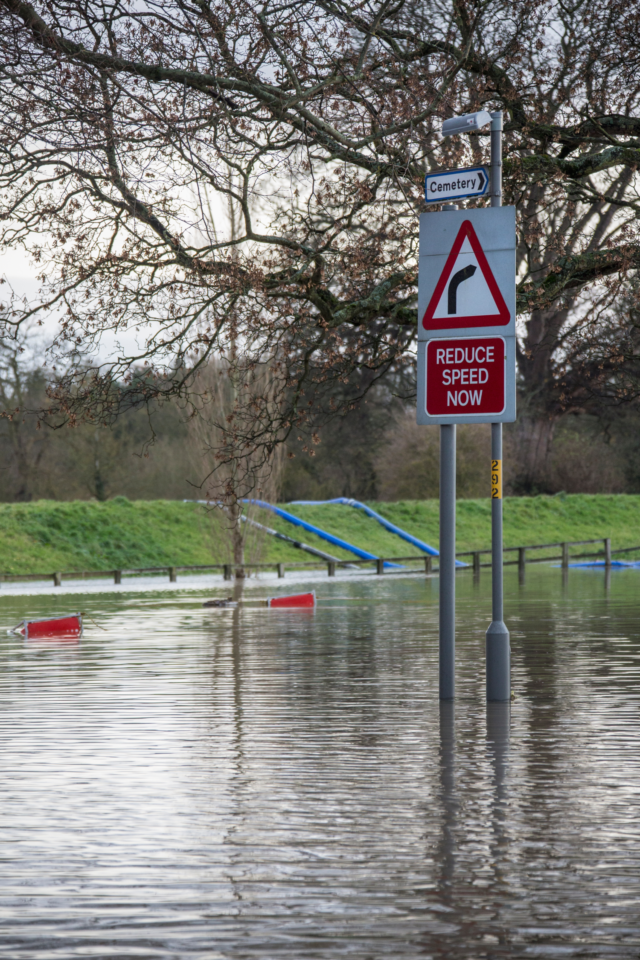Cybersecurity: Israeli-made Components Become a Target for Hackers
The critical importance of cybersecurity in water treatment facilities has come into sharp focus lately with a slew of attacks in just a few weeks. Worldwide there have been multiple instances of cyberattacks targeting these essential services, underscoring the need for enhanced digital defenses for our most precious resources. These incidents not only highlight the vulnerabilities of water systems to cyber threats but also the evolving nature of these digital threats.
Just days ago on December 7th, a water treatment plant in the Irish city of Erris faced a cyberattack that left about 180 residences without water for two days. This attack was linked to the use of equipment from Israeli companies, targeted by a group believed to be from Iran called CyberAv3ngers. In the U.S., the Municipal Water Authority of Aliquippa, Pennsylvania, also experienced a breach by this group, which managed to control a device at a remote water station.
The CyberAv3ngers, a group believed to be linked to Iran’s Islamic Revolutionary Guard Corps, is engaging in cyberattacks on critical infrastructure, including water treatment facilities, as part of a broader geopolitical strategy. Their actions appear to be motivated by the desire to undermine Israel, by targeting entities using Israeli-made equipment. It appears these attacks are not just about causing immediate disruption but are also part of a larger messaging effort to influence international perceptions and exert geopolitical pressure.
These incidents underscore the challenges water treatment facilities face in securing critical infrastructure. The CyberAv3ngers’ attacks, though not known for their sophistication, demonstrate the vulnerability of facilities that neglect basic security measures. Furthermore, the U.S. Environmental Protection Agency (EPA) has been scrutinized for insufficient resources and personnel to adequately address these cybersecurity challenges.
The Biden administration announced plans to improve the digital defenses of public water systems earlier this year, with a focus on industry accountability. This includes novel rules placing more responsibility for securing water facilities at the state level. However, experts like Mark Montgomery, former executive director of the Cyberspace Solarium Commission, criticize these measures as inadequate, pointing out that both the EPA and states lack the necessary resources. The water treatment industry also expressed concerns, with the American Water Works Association highlighting practical problems in the government’s approach.
The incidents revealed technical vulnerabilities, such as poor security practices and outdated software. For example, the breach in Pennsylvania exploited poor security practices, including an exposed device to the internet and weak password protocols. Cybersecurity experts recommend not only patching these vulnerabilities but also adopting robust security measures like multi-factor authentication and regular security audits. In this digital age, cybersecurity is an integral component of water treatment operations. Facilities must stay abreast of the latest threats and ensure that their systems are fortified against potential breaches. This includes regular updates to security protocols, employee training in cybersecurity best practices, and collaboration with government agencies for guidance and support.
The recent cyberattacks on water treatment plants in Ireland and the U.S. serve as a wake-up call for the industry. As cyber threats evolve, so must the strategies to combat them. This requires a concerted effort from both the government and the water treatment industry to invest in stronger cybersecurity measures, enhance employee training, and develop more resilient infrastructure. The safety and reliability of water services depend on the industry’s ability to adapt and respond to these digital threats effectively.
Sources: CyberScoop, Reuters, Western People









